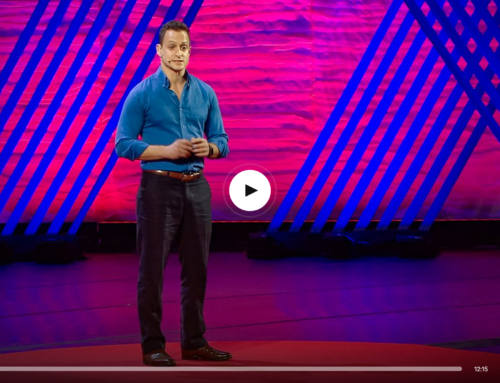It’s the end of September so you are likely in the throes of coordinating your year-end giving strategies. How are you feeling about your donor stewardship plan? You’ve done the hard part – securing the investment – and now comes the fun part! But why should we care about being good stewards anyway? After all, you gave them an opportunity to invest in a cause they are passionate about, so what‘s the big deal, right? Wrong.
Let’s make sure we understand what stewardship means – in addition to being responsible stewards of donors’ investments, it is also the series of interactions with donors that fosters long-term engagement with the organization.
If you still aren’t clear why this matters, consider these questions:
- Do you want them to renew their investment? Or make a multi-year commitment?
- Would you like them to increase the value of their investment?
- Would you like them to ask their connections to invest?
- Would you consider them for a committee or board position?
Donors want to be part of a winning team. Now you have an opportunity to show them how their money is used and build trust. Allow them to feel like an insider – after all they are funding your work, so they already are insiders.
Here are three proven ways to steward your donors:
1. Actually SHOW true impact. Telling stories and showing graphics and quoting numbers matter; nothing wrong with that, but it’s not enough. As a matter of fact, you should do both. But either take your donors to where the action is happening, where the mission is at work, or create a compelling video or two to share.
Now, no excuses. Think about what you would like to know or see when you donate. You don’t need a professional video camera or studio. Find someone with a regular camera and get to work. In four hours I put together a great 6 minute video with a simple Nikon camera, where I interviewed 2 kids and was able to show a little bit of a program in progress. It cost me nothing but time. It’s important, so make it happen; maybe a volunteer would be willing to help you. Then you can put the video on your site, upload the link in emails, and more.
2. Show your progress to goals. Outline for donors what you have accomplished as an organization, what’s underway and how you are lining up for the next great thing. They will feel reassured that they are supporting a strong organization that can deliver on the mission and is professionally run. Here some charts and numbers are fine, but always relate it to impact. For example what will a 10% increase in revenue mean to the community? Are you expanding service geographically? Are you creating a new program? Do an internet search for info-graphics if you aren’t sure where to start – charts and images will mean more than a narrative with numbers. It’s easier than you think.
3. Ask for advice or participation. The most powerful way of strengthening a relationship is by asking for guidance. Then you have just told that donor you value their perspective and they will appreciate the nod. You must be sincere. You must really have an issue you want help with, or a project you would like them to participate in. When you have a personal conversation with a donor, it also affords you the opportunity to ask them what inspires them to give, and what it is they want to know about the organization. Don’t miss your chance to really listen and then act on that information accordingly.
Bonus tip – whenever you speak with a donor, ask them who else they know who might want to learn more about your organization. Leverage their social capital and then they have even more skin in the game.
I understand you have hundreds of donors, maybe even thousands (yahoo!) and there is no way you can meet with every one of them. Of course not. So be strategic and choose who you can spend time with, and ask other board members or staff to get involved also. Even the ones you can’t meet with will appreciate the first two items here. And why not ask them via social media for their feedback on a specific project too?
I provide more actionable activities in my new book “The Impact Triangle.” Check it out on Amazon as another resource to help support your great work. http://amzn.to/17FqQQ4












Leave A Comment